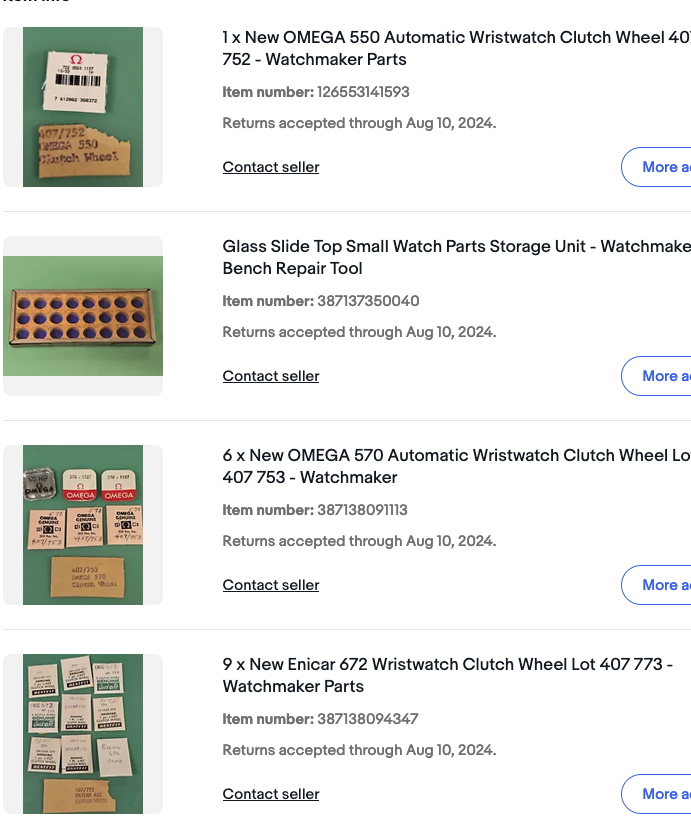Costs are of course the main factor to making parts. Most modern post WWII watches are made using large runs of parts. Often stamped in presses with a certain yield rate. It really comes down to understanding material science and metallurgy. That was really what people like Harrison and Ghrame understood.
Back in the 1990s I got as interested in the tooling as much as the results. One of my mentors ran a tool and die shop. He actually sold me my lathe to prove a point. Which was you can not press a button and parts come out.
My desire was to replicate an 18th century automaton. Curiously in the last 251 years, many parts of the original have been replace, probably 1/4 to 1/3 of the parts. These seem to get a total tear down and rebuild every 30 years or so.
I actually built a pinon gear cutter. It is not something one uses to make one off parts. I also spent the time making an EDM machine. Curiously someone in the maker space has expressed interest in EDM. Modifying a 3D printer into a wire EDM.
More recently I have been working with lasers. A lot of my carrier was working with laser printers. What all these machines including 3D printers and CNC machines have in common is the need for stepper/servo controllers.
This is something that has matured a lot in the past few years. With programs like light burn and grbl. My CNC mill has been apart for years. Was controlled by a program called Mach-3. Which used Windows XP and a parallel port. Talk about obsolete.
On the other hand people are using fiber lasers to cut things like hands out of razor blades. (pun intended.) This can also with effort be used to replicate some of the stamped lever springs and jumpers. There are books on replicating these with grinding. Again it comes down to an understanding of the material science and metallurgy. Heat treating the metals is sort of a black art. Or one could simply build a controlled furnace to set things to temperature. Someone simply like Columbus has to decide to do it.
The real trick however is getting the data into the G-Code format. Programs which convert STL or DXF to machine tool paths can be expensive or complex. Those in the trade who know how to convert DXF to G-Code are highly paid. Often having more work than they can handle.
I did start to program some of the mechanical doll into CAD. Easy to get distracted, I also like Orrerys, and if one has a gear cutter such things can be seductive. I also went down the hole with photogramerity which replicating objects from photographs. This strongly borders on AI. Since it is a form of machine vision.
Every now and then I contemplate making cad drawings of watch parts. Another rabbit hole was making Cad drawing of Babbage's computing engines and the Antkeythera device. I started to do this with some repeaters I have. It is not difficult to do. Mostly though there is no real return on the invested time. Like anything else in this day and age it is programming, scritpting and program debugging.
Industry often talks about man hours. Which his how many hours it would take a single person to do a task done by a group. So expanded out It would probably take me between 500 and 2500 years to explore all the rabbit holes I am interested in.
edit: post occured while I was replying.

